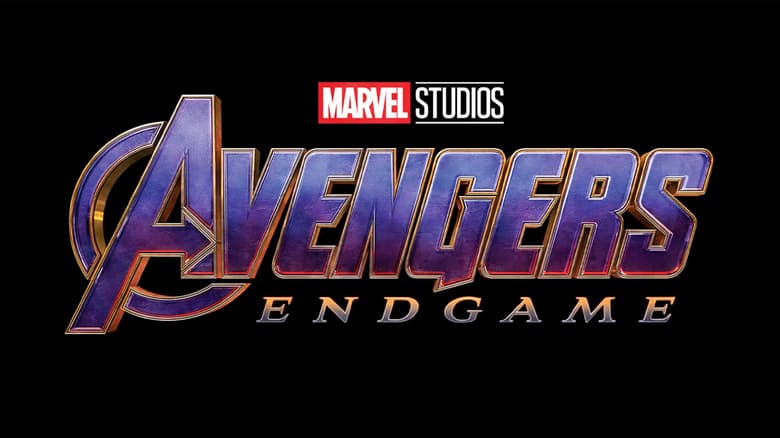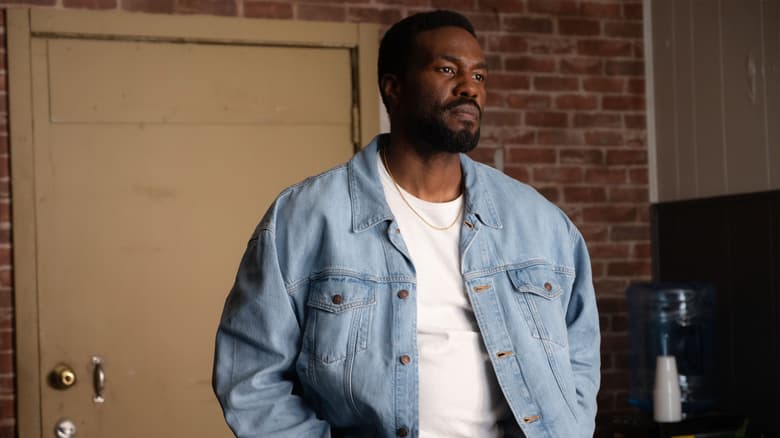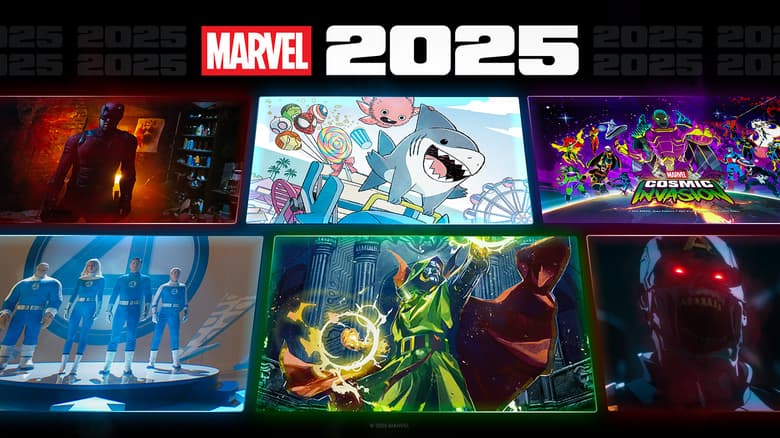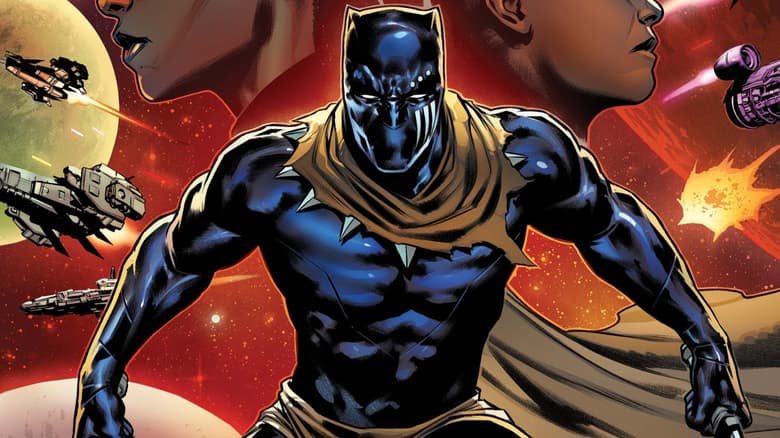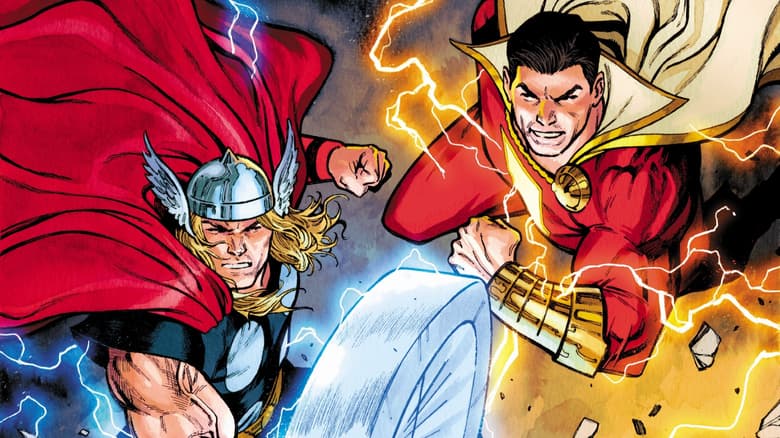Get to Know the Next Big X-Men Creators
'Age of X-Man: Alpha' #1 writers Zac Thompson and Lonnie Nadler discuss their mutant inspirations!
It’s the Age of the X-Man, and peace has finally arrived for the mutants. For now.
In AGE OF X-MAN: ALPHA #1, writers Zac Thompson and Lonnie Nadler continue their ascent in the world of the X-Men. Having penned the recent CABLE series as well as an epic X-MEN: BLACK back up story and the recent X-MEN: THE EXTERMINATED, Thompson and Nadler are now the architects of an alternate reality mutant world. Starting with AGE OF X-MAN: ALPHA and then continuing into MARVELOUS X-MEN, NEXTGEN, AMAZING NIGHTCRAWLER, X-TREMISTS, PRISONER X, and APOCALYPSE & THE X-TRACTS, the duo are introducing a new mighty mutant mythology.
Featuring art by Ramon Rosanas, AGE OF X-MAN: ALPHA #1 examines what peace looks like after a lifetime of war. Emerging from the pages of UNCANNY X-MEN, the issue prepares to ponder whether darkness may be lurking within utopia...
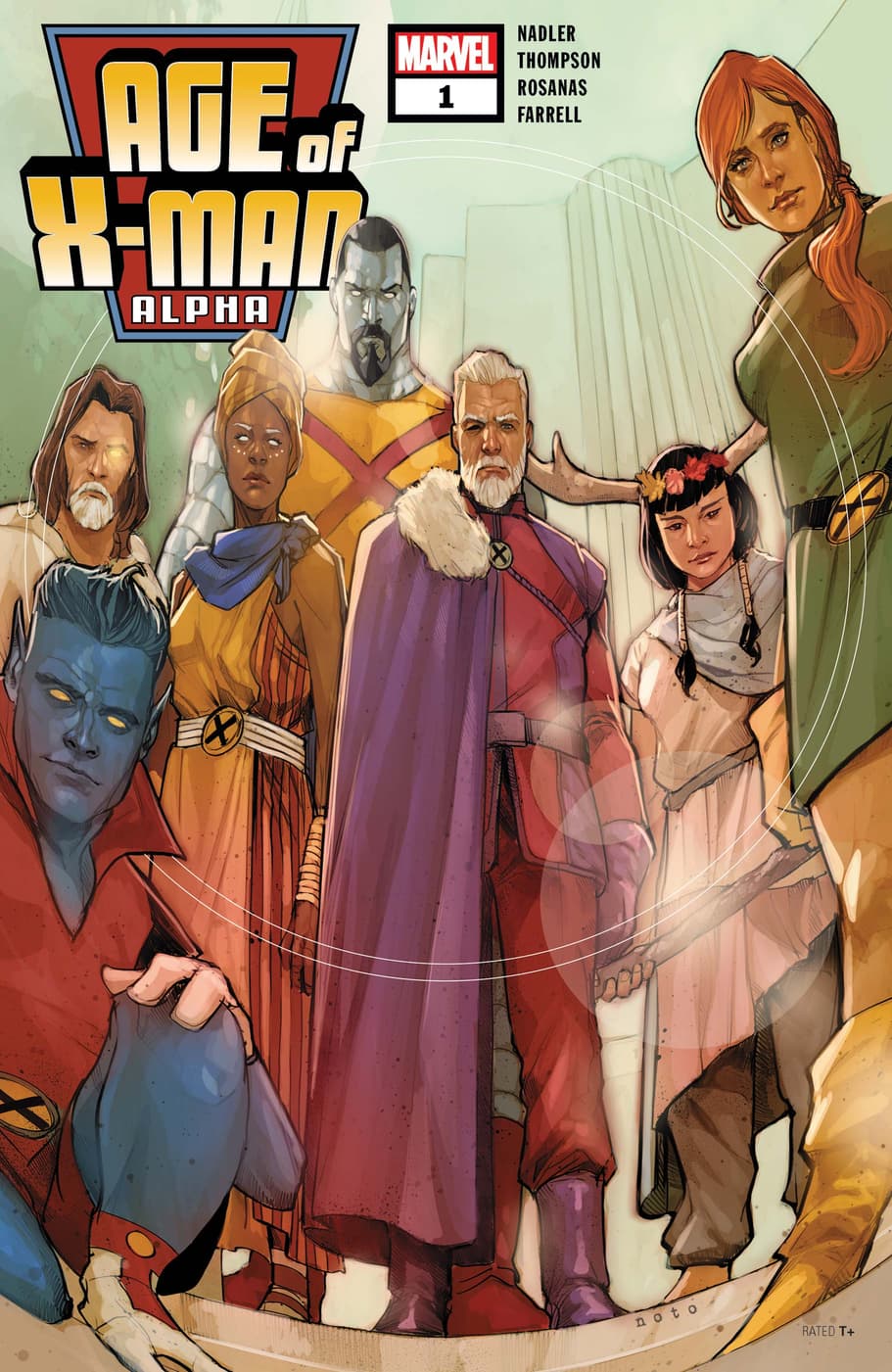
We spoke to Thompson and Nadler about working with the X-Men’s historical archives and what to expect in AGE OF X-MAN: ALPHA #1 as the kick-off story hits your local comic shop tomorrow!
Marvel.com: Considering the AGE OF X-MAN event is set in an alternate reality, how much room do you get to play with such well-established characters like Magneto, Storm, Bishop, and Jean Grey?
Lonnie Nadler: That’s a really good question because it’s something Zac and I struggled with when we began this whole thing. You want to play with the characters and change them enough so that it’s intriguing and creates a sense of mystery as to how they got that way, but at the same time they still have to be recognizable and believable. If the balance is off, you run the risk of losing readers, and at that point you might as well create new characters.
What it came down to for us was asking, “What is the core of these characters as individuals?” Instead of changing them for the sake of change, it was more about what makes sense in this world where they are free to be who they want to be when there’s no fear of judgement. I think it’s also worth adding that while this takes place in a sort of alternate reality, the characters themselves are the ones from Earth-616. They’re changed because the world is changed.
Zac Thompson: Yeah, Lonnie hit the nail on the head. It was more about looking at the world around them and figuring out organic ways to explore their reaction to how this reality developed. We took a lot of time building out the X-teams and thought hard about how each of these different teams would come about organically. When it came to the Marvelous X-Men, we built out a character matrix that looked at who these mutants were in the 616 and how they would change as a result of the history we’ve built. We looked at their past to understand who they’d become, both within the vast goldmine of continuity and who they were when they were first introduced.
Nadler: I know this sounds a bit cryptic but hopefully it will all make sense once people start reading the books.
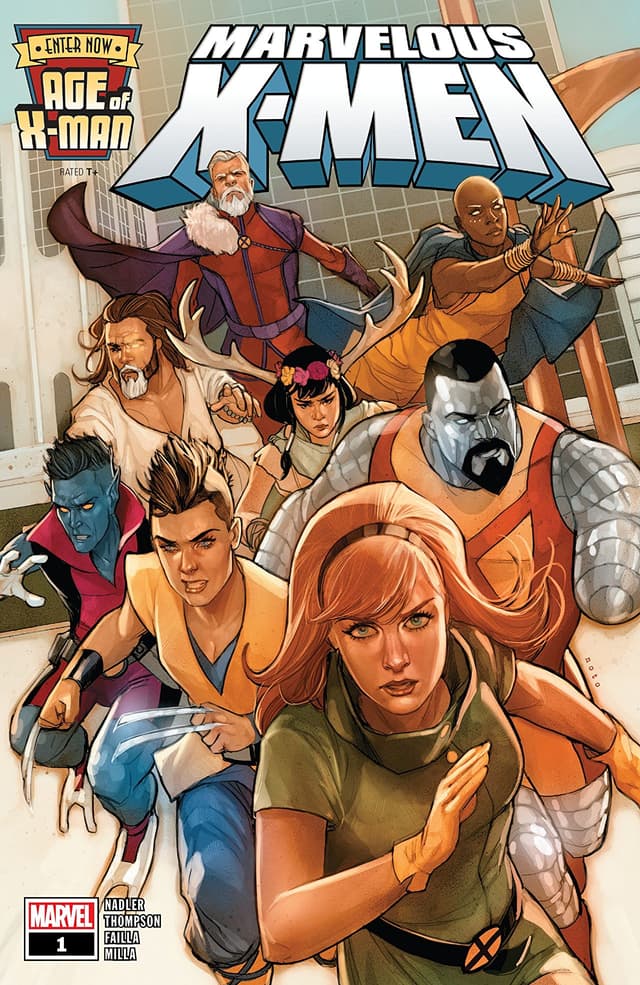
Marvel.com: Tell us about your research when approaching an event like this—how do you weave in and out of the long history of the X-Men? Are there specific writer-artist duos that have provided the most inspiration?
Nadler: Zac and I do as much research as we possibly can before we start outlining and scripting. It’s become an essential part of our process because it allows us to understand the world we’re trying to create. In terms of X-Men research in particular, we started by reading more recent events like HOUSE OF M, AVENGERS VS. X-MEN, MESSIAH WAR, SCISM, and of course AGE OF APOCALYPSE and AGE OF X. We wanted to see how writers in the past tackled similar concepts, pick out what worked for us, and use that to inspire how we’d build the world. It was also very helpful in terms of setting the ground for what we should avoid because we don’t want to tread the same path that’s been walked before.
And then aside from events, we would re-read any X-books that we had an affinity for in the past. Stuff like UNCANNY X-FORCE, Mike Carey’s run on X-MEN: LEGACY, some old Claremont stuff, Morrison’s NEW X-MEN, and the list goes on.
As you’ll come to see throughout AGE OF X-MAN, mutant history comes to play a major role in the narrative and so all of this research went into the story, quite literally. We wanted to comment on the nature of continuity, the complexity of it, and how easily forgotten it can sometimes be. In terms of inspirations, we talked a lot about Neil Gaiman and Mark Buckingham on MIRACLE MAN, Morrison and Quitely’s work on NEW X-MEN, Warren Ellis and Ariel Olivetti’s run on X-MAN, and J. Michael Straczynski and Gary Frank’s SUPREME POWER.
Thompson: Once we knew the scope of the event it was paramount that we went back and parsed out how AGE OF APOCALYPSE completely changed the landscape of the X-line back in the day. Beyond reading every title in that world, we spent a lot of time pushing out and looking at landmark X-Men stories.
Tom Taylor and David Lopez’s incredible ALL-NEW WOLVERINE really defined how we handled X-23. And, damn, X-MEN RED was also a huge inspiration. To be figuring out the next chapter of the X-Universe while Tom Taylor was killing it monthly in that book…was hard. But it served as a great high watermark to strive for. We were wary of making sure that our story felt relatable and human. So Tom King and Gabriel Walta’s THE VISION was also a huge inspiration because of the way it humanized a character who felt so elevated for so long.
We tried our best to really look at the past and bring things back to something that felt more at home during the first decade of X-Men comics.
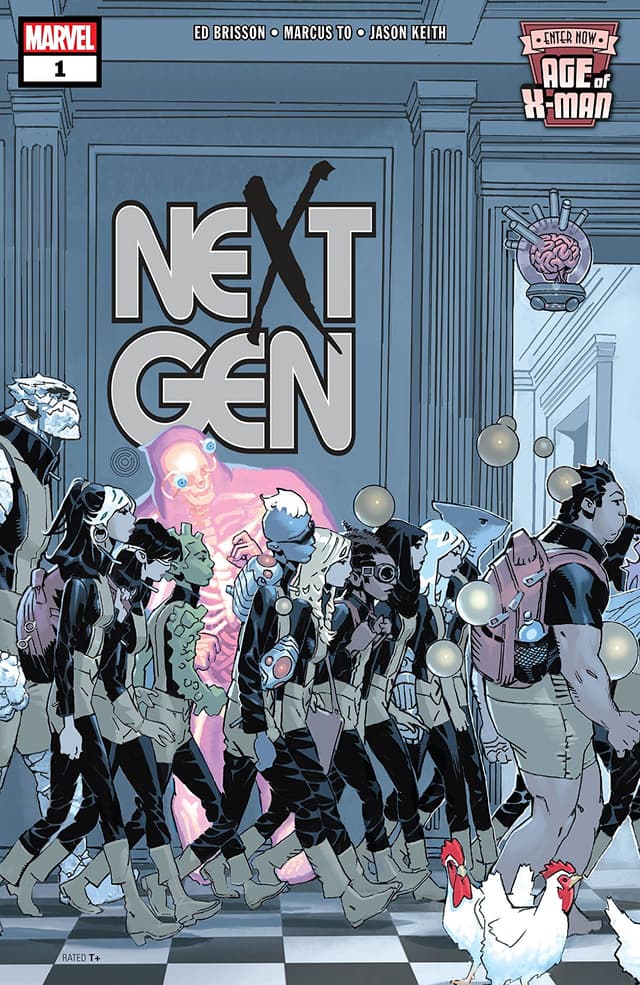
Marvel.com: What have been some of your favorite things about digging into the X-Men’s historical archives?
Nadler: Because there have been X-Men books for the past 50-odd years it’s always amazing to stumble across story arcs or character moments that I didn’t know about at all, which are either shocking or become hugely influential to our writing. There’s so many good X-Men stories out there, but precisely because there’s such an abundance, a lot of it gets lost, buried, or overshadowed. Mike Carey’s run on X-MEN: LEGACY is a perfect example of this. I don’t see fans talking about it regularly, but it’s such a unique examination of Xavier’s character and his flaws, and the storytelling on display is incredibly ahead of its time.
Thompson: I think, for me, it was discovering DISTRICT X. It was this odd book during the Morrison NEW X-MEN era that featured Bishop as a police officer working in a mutant ghetto. David Hine and David Yardin did an incredible job at moving mutants into this place where they were still fantastic and strange but dealing with real human struggles. It felt organic, it felt gritty and it still feels topical 15-odd years later. I’d kill to do something like that again (wink, wink Marvel).
Marvel.com: The last time we spoke, it was about AGE OF X-MAN: THE MARVELOUS X-MEN #1, and Lonnie referred to the Age of X-Man as a utopia, but that there’s a lurking darkness beneath. Did the two of you draw on your background in horror writing when incorporating elements of darkness. And how Orwellian will AGE OF X-MAN: ALPHA #1 get?
Nadler: Hmm, I don’t think we ever really thought of it as drawing on our horror influences. There’s an eeriness there for sure, but no moments of outright horror. One person that came up a lot during our early conversations was David Lynch, and I suppose his work borders on horror. Much of Lynch’s work shows this pleasant, quaint veneer, but then slowly reveals a horrible, bizarre underbelly. Because of that contrast his films take on a very specific tone of encroaching dread, and that’s absolutely something we tried to capture in the ALPHA issue and in the first issue of MARVELOUS X-MEN. This idea that something is just a little...off.
Aside from that, it was looking at a lot of the dystopian science fiction writers like Huxley, Atwood, and Orwell and movies like Pleasantville to see how their worlds functioned and how they slowly (or quickly) usher in the darker sides of their utopias.
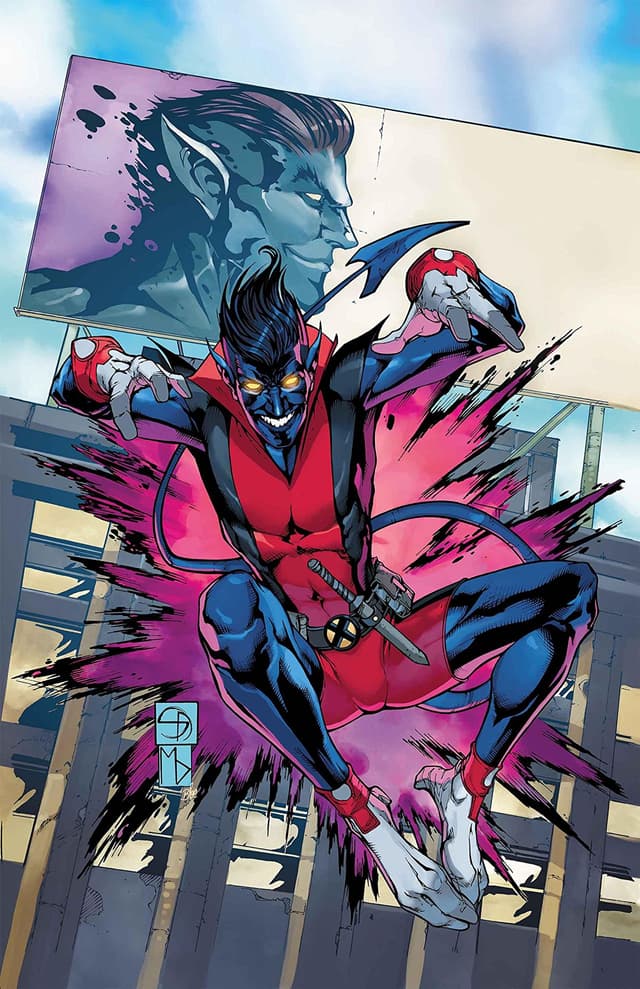
Marvel.com: Zac, you mentioned in that interview as well that, “Age of X-Man is about exploring what mutants become after they win a battle they’ve been fighting for their entire lives.” How do you go about character-building for characters that have only known war?
Thompson: It comes down to what constantly being at war did to these characters. What did it mean for each of them to violently struggle for their rights? What did they give up? What parts of themselves did they hate in the process? As we answered these questions we found really organic ways to take some of the most iconic X-Men in new directions. Just as a broad example, you’ll see that Magento no longer wears a helmet. He’s no longer the worried revolutionary who needs to protect his thoughts. Instead he’s this wise, battle-hardened grandpa who’s seen the true face of horror in the world. He’ll never forget the past, but he’s learnt to make peace with it for this utopia. The Age of X-Man has changed him, it’s softened him (slightly).
Start the journey by reading AGE OF X-MAN: ALPHA #1 at your local comic shop tomorrow!
The Daily Bugle
Can’t-miss news and updates from across the Marvel Universe!
